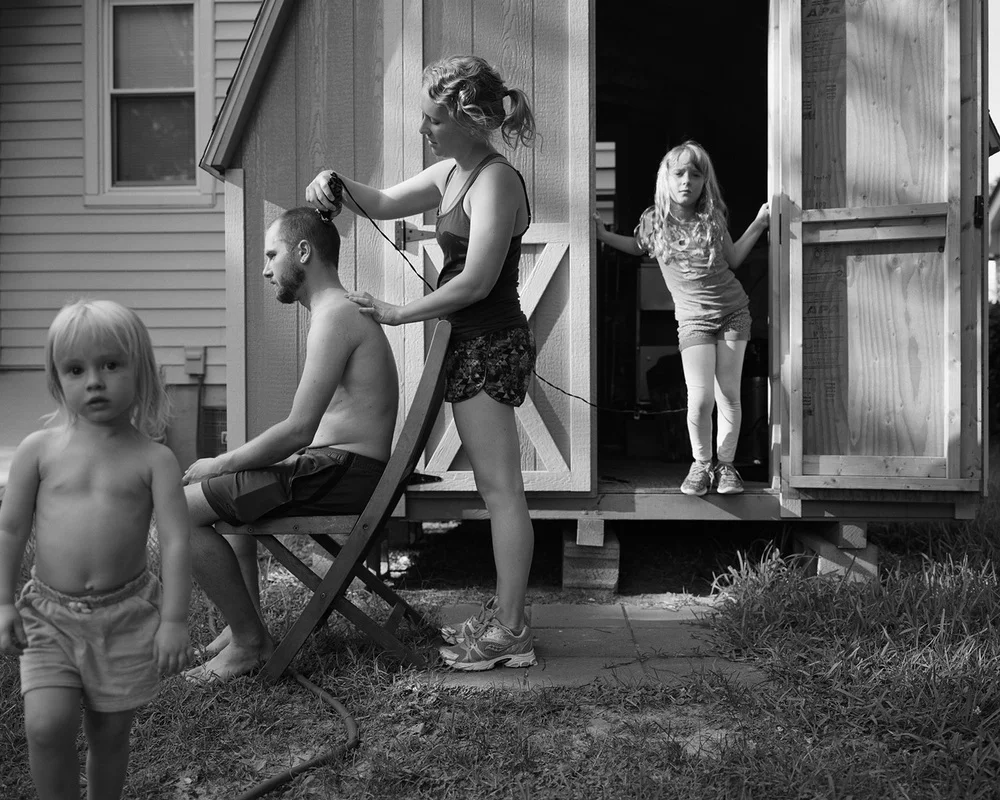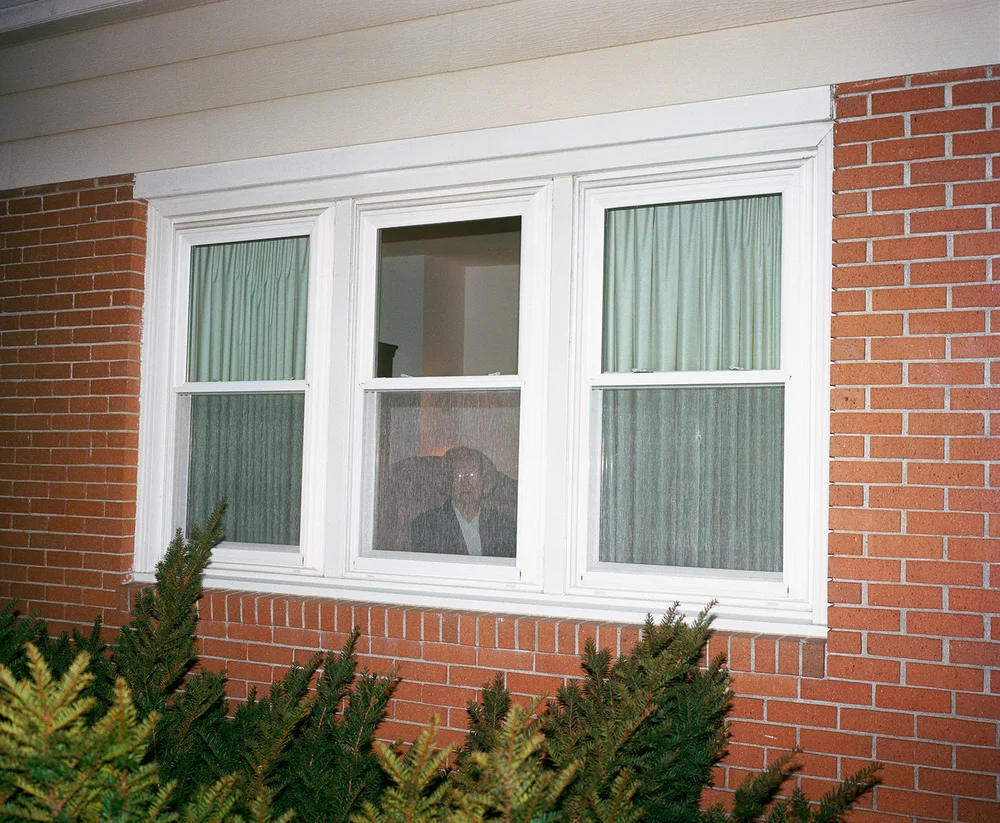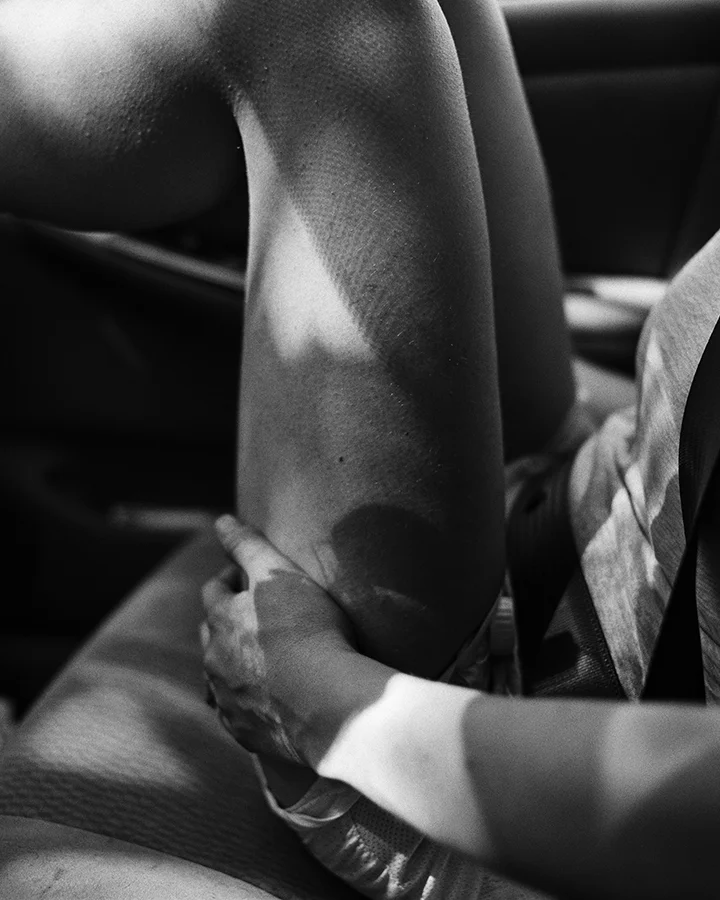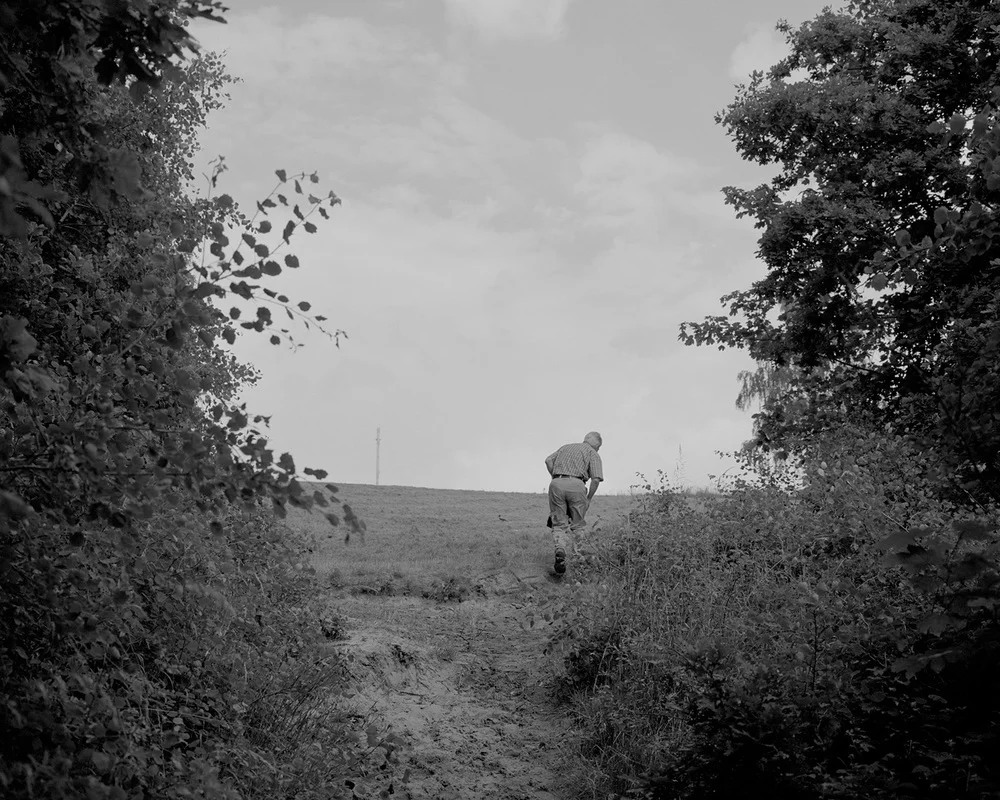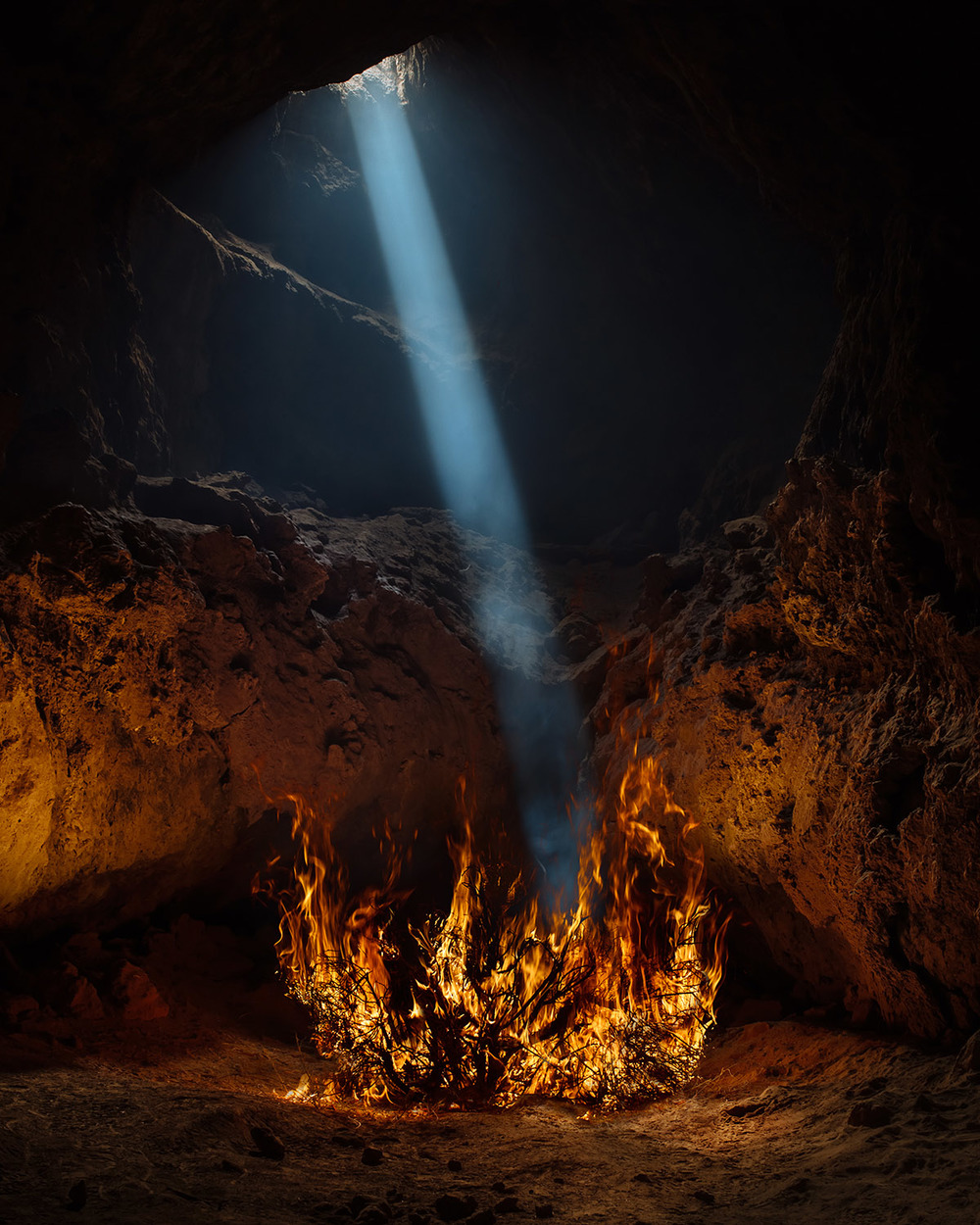© Jenia Fridlyand
In 2010, the Hartford Art School launched a unique MFA program in photography, distinguished from the traditions of Yale, Columbia, SVA and Cal Arts and other photography MFA canons. It stands apart through its limited-residency structure: summer-long intensive on-campus sessions, combined with travel components in the spring and fall in cities like Berlin and New York City. Students have access to a wide range of critics and lecturers throughout the year, including Alec Soth and Lisa Kereszi.
I emailed with founder Robert Lyons, and faculty members Jörg Colberg and Michael Vahrenwald to learn more about their philosophies on photography education, and what's moving them right now. We've also included some of our favorite photographs from the 2016 graduating class.
Jon Feinstein: How did the Hartford program come about?
Robert Lyons: In 2008 I was asked if I wanted to set-up a limited residency program and if so what my “dream” program might be….I spent the next many months working on the idea for the program, curriculum and overall architecture of the MFA. At that time I felt the emphasis should be not only on creative work but also on the Photographic book as no other programs in the USA had this emphasis at the time.
In addition I had a somewhat “subversive” aspect to wanting to set up this program, which was that I felt it imperative that a high quality MFA program be available to students both USA and International that would allow them to work from their own loci and not be overly costly as many traditional programs were at the time. This particular model has allowed us to utilize and invite some of the best talent in photography to participate with us….making for a dynamic program.
It was an experiment and I think our graduates and current students have proven that the approach is working.
JF: Can you tell me a bit about the overall philosophy of the program? What makes it unique to programs like Yale, ICP/Bard, CalArts, and others?
Michael Varhenwald: The most distinctive feature of the program is that it is a “limited residency” this means that students live where they make their work and we meet in “sessions” around the world where work is critiqued and presentations are made. Another unique feature of the program is the emphasis on the photography book. All students are required to present a plausible book dummy as part of their thesis. This emphasis on the book influences the type of guest artists we have as well as the locations of our sessions.
© Lori Lynn Lynn
JF: There's a lot of internet chatter (re: "haters") about the role MFA programs over the past few years, largely around their influence and shaping of trends and a specific photographic narrative. As program chairs, I'd be interested in hearing your thoughts on this. Does it matter?
Jörg M. Colberg: If years of writing and looking online has taught me anything it’s that there will always be somebody who has a problem with something and who will then complain about it. I’m not sure haters are the best basis for a discussion. That said, given there appears to be considerable chatter, maybe MFA programs are doing something right.
I think there will always be trends or narratives around photography. Before MFA programs started playing a role in the world of photography, that was the case; and it will be the case in the future, too, regardless of whether or not MFA program continue to play the kind of role they’re playing now.
Given that MFA programs provide intense, pressure-cooker style environments in which photographs are made and seriously studied, I see it as a good sign that they manage to have influence about trends. This is not to say that I am in love with all trends, quite on the contrary (don’t get me started on the New Formalism craze!). But the creation of trends indicates that some of the intense energy that is created in MFA programs is leaving those otherwise isolated laboratories, and it’s finding its way into the larger world.
So as someone who is both a part of that MFA-program world, but who also spends a lot of time looking at photography outside of a classroom very critically, I’d say that if you have a problem with any trend, then work on creating your own! It’s so easy to complain online - at times I feel the internet has become humanity’s gigantic hysterical-complaints department. But it’s a lot harder to make something that pushes against the same boundaries that, let’s face it, graduates from MFA programs also hope to push against.
JF: Speaking of "New Formalism," I get a different vibe from the work coming out of the Hartford program (at least this year's graduating class) than what I've seen coming out of the aforementioned programs. It feels a bit "straight"er / and in some ways more documentary driven. Do you agree?
MV: It’s hard to say, as student work changes quickly and often. The main thing everyone has in common is the form of the book, however, there is a considerable distance between books like Bryan Schutmaat’s, Grays the Mountain Sends and Lucy Helton’s Actions of Consequence. We believe that photography is foremost a visual medium with a unique and important history. We put a great deal of emphasis on seeing, it seems like a lot of programs have neglected this fundamental action in recent years.
JF: Why is travel such a central part of the program?
MV: Travel keeps everything dynamic, we do not have to import lecturers, we can go to them. If we want to meet with a master book maker, we go to Berlin and visit Hannes Wanderer, if we want to meet with a wildly influential photographer, we can visit her studio in Brooklyn. According to what our needs are we can change locations to be closer to the heart of the matter. There is also an invigorating aspect to meeting on location, it keeps everyone involved excited.
RL: Photography has many different approaches outside of the USA (and within) but often students have had limited exposure to other ways of thinking….travel and an international faculty have allowed students to see and experience some of these varied approaches and thought processes.
JF: What's been the most rewarding piece of leading/ teaching within the program?
JMC: Obviously, I can only speak for myself. But the seriously most rewarding aspect of teaching for me is that it makes me think, and it challenges what I believe in, whether it’s because I have to talk about something I love, only to realize I haven’t thought about it as much as I should have, whether it’s having to explain why XYZ is an influential photographer even though I hate their work, whether it’s speaking about photographs or books in a way that makes sense not just for me, but also for other, whether it’s engaging in discussions… There’s just so much!
RL: There are many aspects and answers to this question but overall I think that it feels tremendously exciting to contribute to the ongoing dialogue of our medium through teaching. I often learn much from our students and am able to offer back to them aspects of the history and past dialogues that are still pertinent to our modern discussions. For me it is exciting to see students realize their potential and push themselves to excel in the medium. They challenge me in my thinking, approach and beliefs and this in turn keeps me thinking and growing
JMC: And of course, I love being challenged by students, because, let’s face it, MFA students are the bunch that just need to tell their teachers how wrong they are all the time. That’s great! There’s nothing better for artists (or those hoping to be artists) than to challenge authorities, belief systems, etc. I do that all the time as well. And being at the receiving can be tough, but with an open mind, knowing that inevitably you’ll simply be wrong here and there, it’s a rewarding experience.
Really, the only thing that seriously bums me out about teaching is when a student comes up with this amazing photograph or project, and I think “Man, I wish I had been able to come up with that!”
© Ricardo Tzichinovsky


